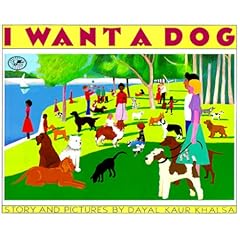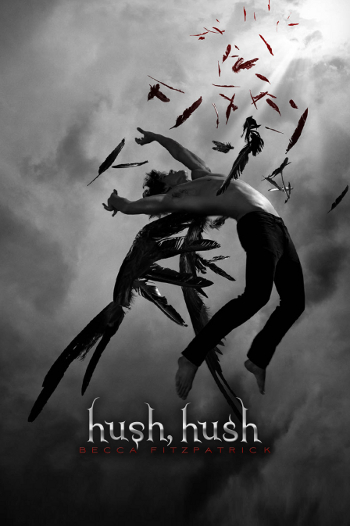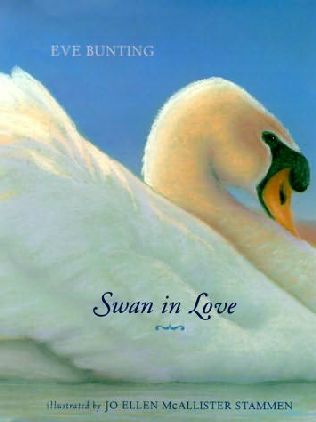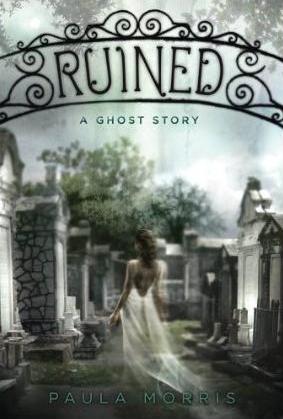
Okay so I picked this book because I saw by flipping through it that it had little bits of Spanish in it, which I thought was pretty cool. Here is the thing though, this book was a little hard to follow. See,
Skippyjon Jones is a kitten who thinks he is a dog, more specifically a red Chihuahua. He also loves outer space. And here is where things get off. Skippy walks into his closet and is immediately sent into orbit, where he almost collides with a comet filled with Chihuahuas. These
Chimichangos as they are now referred to as inform him that they are going to build a pipeline to carry chili
polvo from Mars to Earth. From here he meets aliens, discovers he is lost and has a tug-of-war with a green martian that looks just like him but with one eye. This hurtles him back through space and through his closet door where he lands with a
KA-BOOM in his bed. And the Spanish that I thought was so neat? Turns out that it was neat and used correctly, but it really just made the story harder to follow, and I have a feeling that if you didn't know the words you would be lost too. Where there weren't Spanish words, the author added "-
ito" to the end of words, like astronaut-
ito. This was cute and all, but a little insulting to the language. Like how people say that they can speak Spanish and then they just add an "o" to the end of everything. I'm not even a native speaker and that irritates me. Plus, can you imagine how confusing that would be to a student learning to read. I know of a student who would start out on this book and give up when he realized that the words weren't English. To make the Spanish a little better, I think that I would have included a glossary in the back of the book.
On the other hand. If taught correctly, this could be a wonderful tool to introduce a different language to your students. It does have just small words so you could have students look them up. Or you could use it as a mini-lesson and keep a running list on the board of Spanish words while you read it aloud. Then have the students hypothesize what the words meant by the other words around the ones in Spanish. This would help them with words that they don't know in English as well. Another good thing about this book were the illustrations. They were done in pastel and they are wonderful. They are vibrant and bold and very colorful. There is lots of movement and variation. Sometimes there is no horizon line, sometimes there are more than one illustration on a page and in one case, the book flips vertical. Wonderfully executed.
The library recommends this book for ages 3 to 5 and here finally I do not agree. I think that with everything that goes on and the language change, this book would be better left to older students. Perhaps third grade and up instead. I just feel like a child that young would be thrown for a loop with this one, especially if they did not have a solid grasp on their reading.
*Just so ya know! This book is part of a series about Skippyjon Jones*
 This class has been such a gift to me this semester.
This class has been such a gift to me this semester.




































